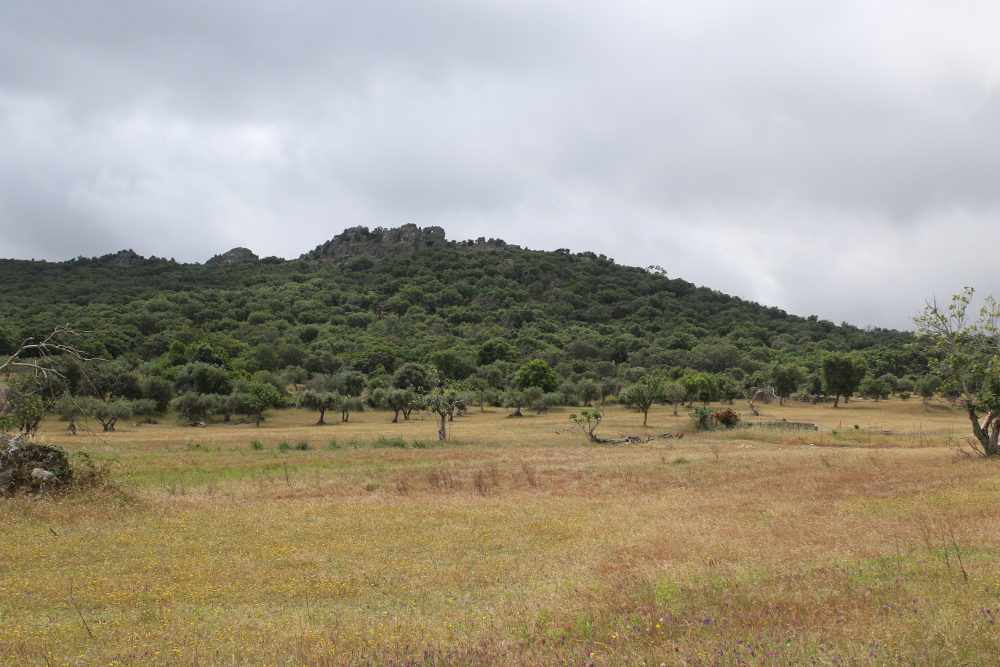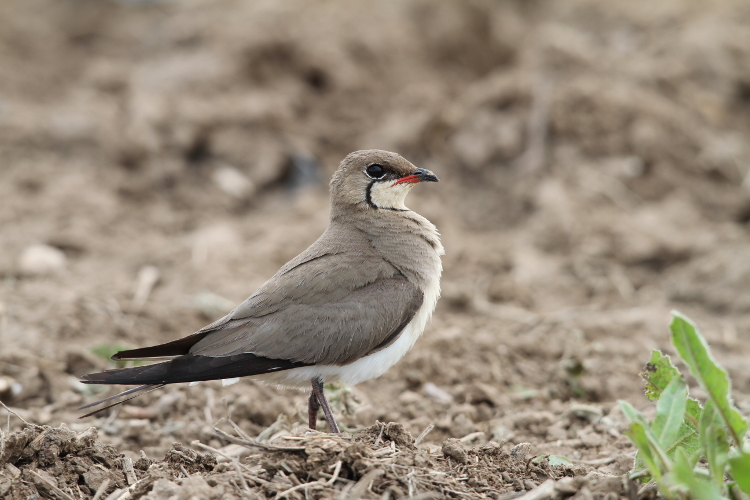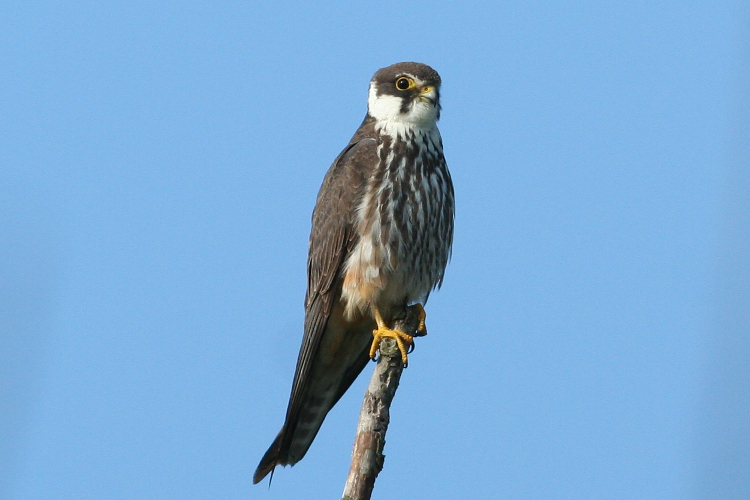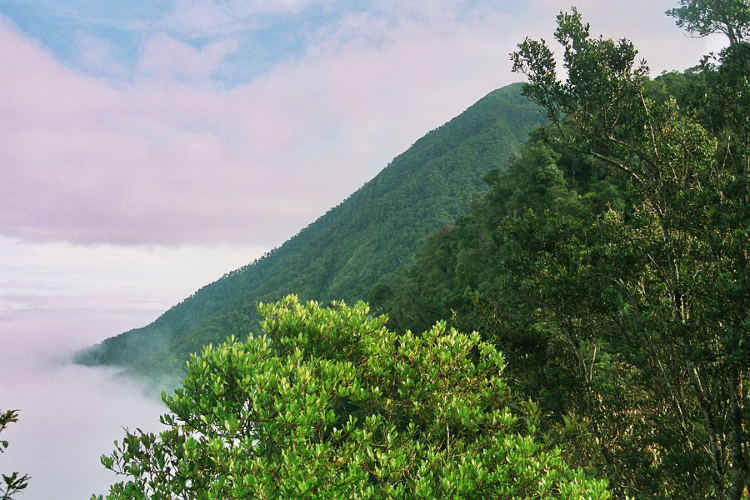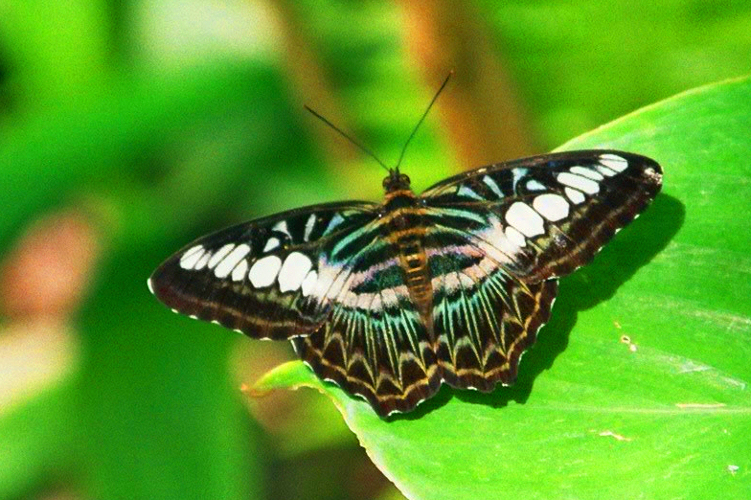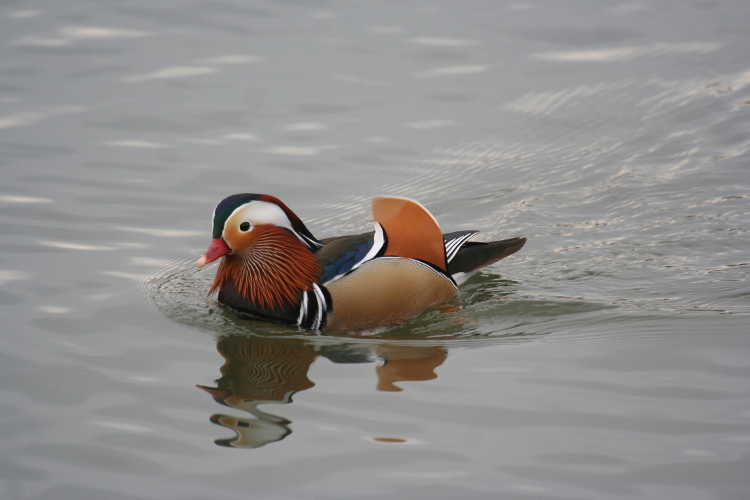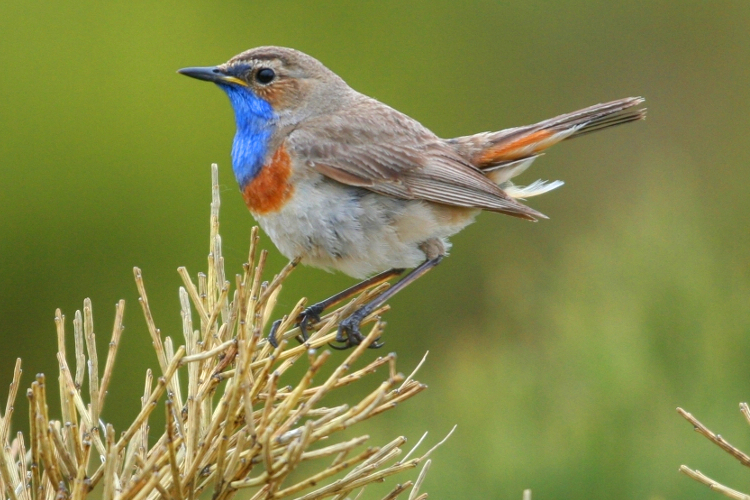LINKS



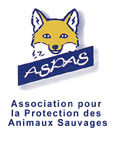

orientalbirdclub
Ayuwat Jearwattanakanok's BS
Tim Laman's WP
Festival de la photo de Montier-en-Der
National Geographic
Birds of the World
IOC World bird list
www.wikiaves.com
www.ornitho.lu
www.ornitho.ch
www.faune-grandest.org
Guislain Simard's macro-photo
jewel-beetles
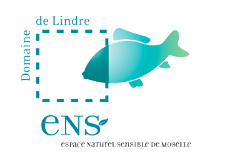




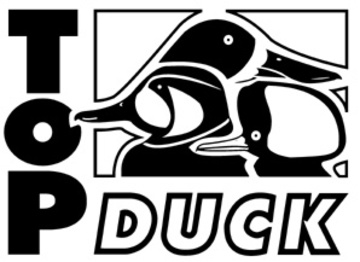
EXTREMADURA
MONFRAGÜE

That made now three years that I regularly visit in May the national park of Monfrague, located in the province of Extremadura, about halfway between Madrid and the border of Portugal.This shrubby and undulating zone, located at the confluence of Tage and Tietar rivers constitutes undoubtly one of the most spectacular and famous natural parks in Spain and probably in all Europe.
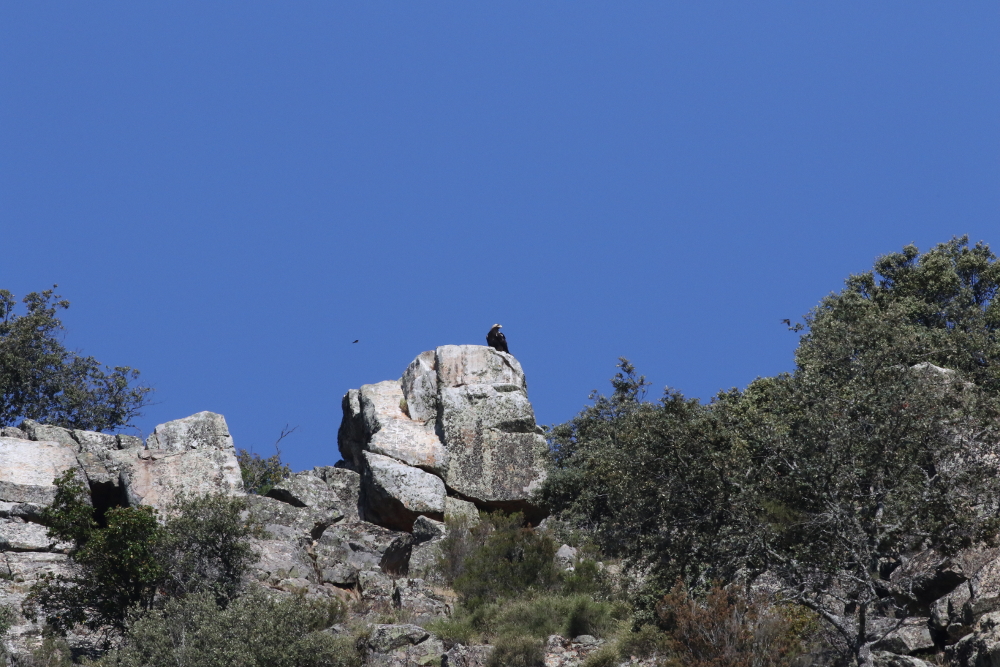
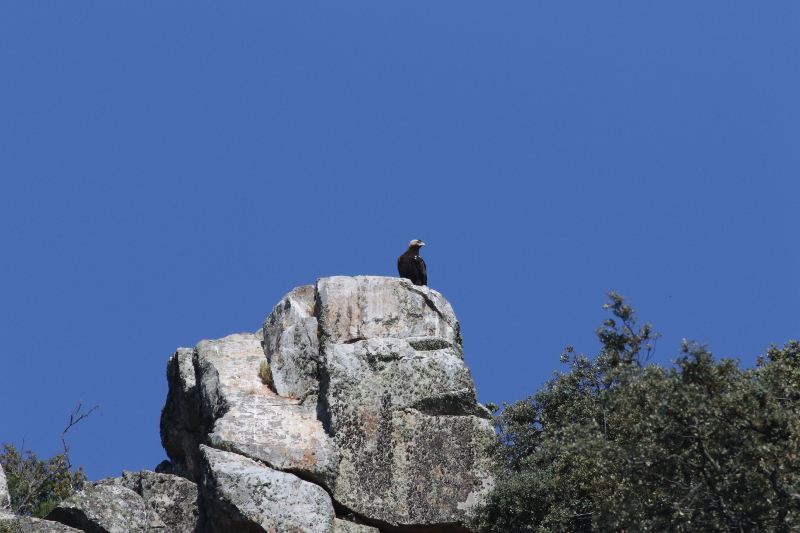
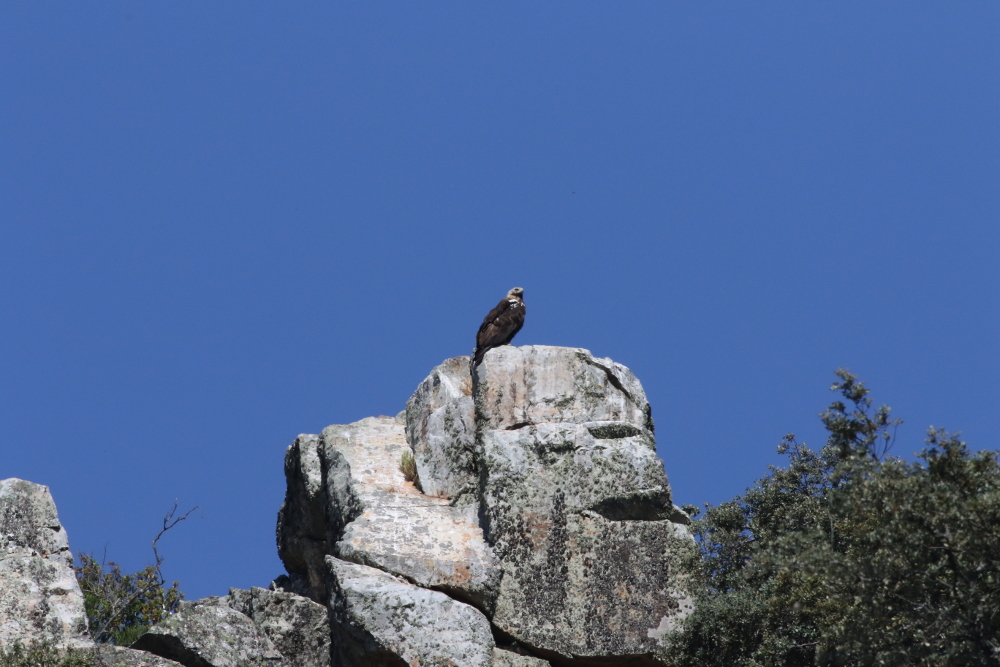
The cashing of banks along the river is such as cliffs appear by places of each dimension, providing to many birds, raptors, cicogne black and different the cornices and edges, place ideal to settle and nest.
The park himself shelters three species of vultures (african vulture, eurasian black-vulture - the largest one - and egyptian vulture) a record in Europe, but also many other raptors like golden eagle, iberian imperial eagle, booted eagle, Bonelli's eagle, short toed snake-eagle, black kite, etc...European eagle-owle is also present on cliffs where it can be difficult to find; powerfull binoculars and digiscopy give and obvious advantage for observation from one side of river to the opposite cliff; on 25 and 26 may 2012 I was lucky so I could observe (and took shot of) two young eagle-owls on the opposite side of Portillo del Tietar (but great thanks to the spanish guide who made me on indication!!)
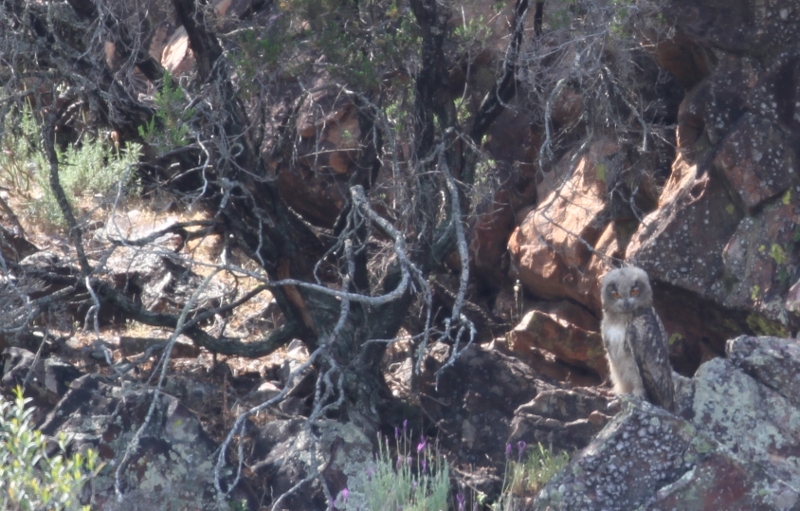
european eagle-owl
The african vulture is abundant in all the reserve, egyptian vulture is easily observed, despite limited number of individuals and this specie is now considered as vulnerable or threatened in his repartition area; the black vulture is the largest one of the reserve and also the less easy to observe in Monfrague. Black stork is impossible to miss, it is sedentary and breeder in the reserve.
black stork
Other birds as white-rumped swift, blue rock-trush and black weathear may be easily observed at the different view points like Portillo del Tietar, salto del Gitano, Bascula and others.
Trails in the neighbourhoods allows beautifull excursions with possibility to admire numerous passerines like orioles, jays, bee-eater..., blue magpie and woodchat shrike are easily see in the tickets around.
The Cerro Gimio and Castillo del Monfrague are ideal points of view to observe raptors like golden eagle or black vulture; the iberian imperial eagle is reguraly observed at different points like Portillo del Tietar, don't forget that spanish guides and fine connaisseurs are very usefull to help you and give you good information.
Here is the list of species that I could observe during my last visits in the years 2010-2011-2012:
- african vulture: abundant
- egyptian vulture: some individuals but easily observed along banks
- black vulture: one individual sighted while flying at Castillo del Monfrague in may 2011
- short toed snake-eagle: one individual saw while flying at Salto del Gitano, may 2012
- iberian imperial-eagle: regulary seen, taken in shot at Portillo del Tietar (may 2011)
- peregrine falcon: a sighted individual on edge of cliff, Salto del Gitano (may 2012)
- european eagle-owl: two young taken in shot at Portillo del Tietar, may 2012
- black stork: easily observed alog banks
- european bee-eater: some individuals taken in shot (may 2012) along trail to Cerro Gimio.
- white rumped swift: sighted along banks (may 2012).
- red-rumped swallow: common along banks
- european oriole: some individuals in the tickets
- blue magpie: very common in the reserve and in the neighbourhoods
- woodchat shrike: very common in the reserve and in the neighbourhoods
- great bunting: very common in the reserve and in the neighbourhoods
- hoopoe: common in the reserve and in the neighbourhoods
- grey wagtail: localy common
- blue rock-trush: common along banks
- black weathear: taken in shot at Salto del Gitano (may 2011)
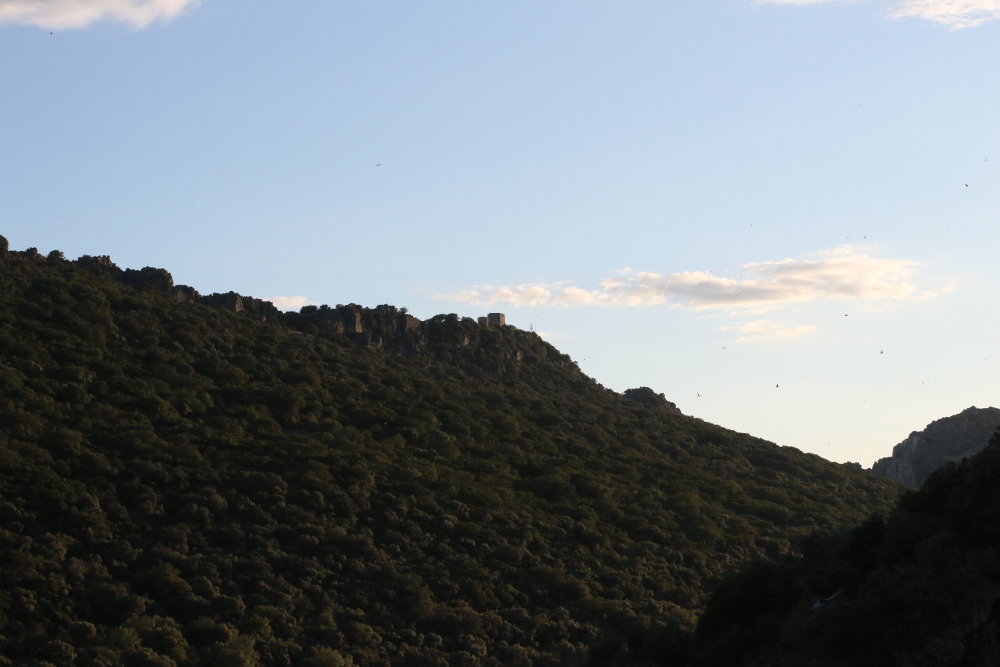
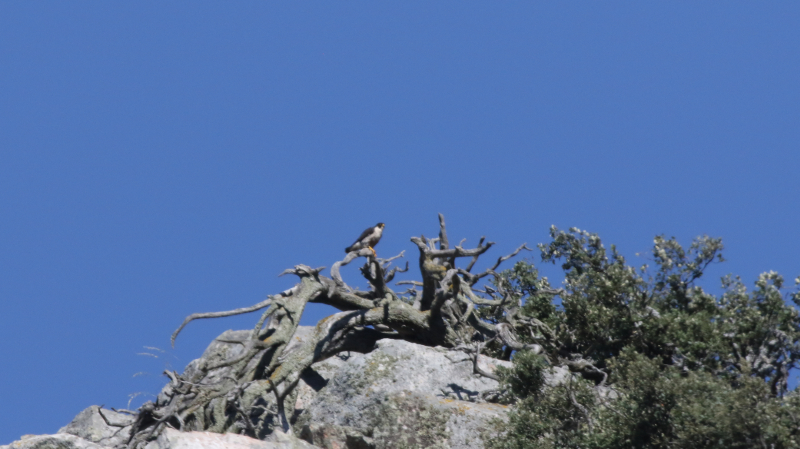
AND IN THE NEIGHBOURHOODS
The region boundered by the triangle Mongrague-Caceres-Trujillo provides too very nice spots for observing typical species of semi-arid area of center Spain.
As in numerous areas of Spain, best time to observe birds are in the morning (before 10h00) and evening (after 6h00pm).
The white stork is present nearly everywhere in the steppe, north of line Caceres-Trujillo; one of the best point of view is located south of Santa-Marta de Malgada (in fact, just after the exit of the freway section Caceres-Trujillo; rollers, stralings and lesser kestrels are easily see on electrical wires; steppes in the neighborhoods are ideal place for white stork and great bustard; this last specie can be well observed only with good binocular because his coloration make him very difficult to detect from far and it is very wary (generally his presence is detected when the bird flying-off); this specie is globally declining in Europe because of general mecanization of agricultural methods, but probably some thousands of birds remains present in Spain.
Other birds like shrikes and sandgrouses (generally sighted around water-spots) are present in this area, samely as hoopoe and blue magpie. More at the south and west, going to Badajoz, is the Sierra da San-Pedro, close to Albuquerque, it is a broken region of low altitude, displaying wooded valleys and numerous rocks crevasses which may be an adequate habitat for may raptors such as golden eagle, imperial eagle, vultures or imperial eagle. Several water-spots are frequented by shorebirds, sandgrouses, doves and other occasional visitors.
